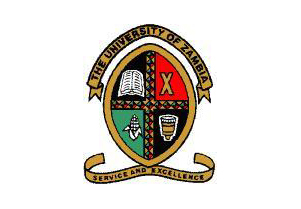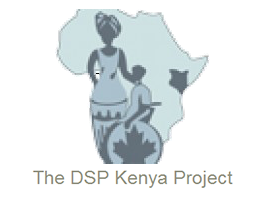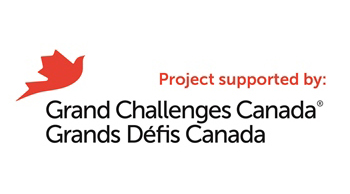4.3.12 – Functions of the skin and related structures
Children with HIV are very prone to skin problems including infections, inflammation and neoplasms of the skin.19 All health care workers must be aware of the possible skin complaints that children may have and should refer them for medical attention as soon as a problem is noted. As with many other conditions children with a greater degree of immune suppression are at greater risk of having skin problems. Children with skin problems should be referred to a dermatologist or their doctor.
Skin infections are the most common clinical skin problem. Skin infections may be fungal, viral or bacterial. Scabies is extremely common in HIV infected children and is caused by the mite Scabies sarcoptei. Scabies is spread very easily through contact with an infected individual. It presents as itchy areas with small papules. It usually starts on the hands and wrists.
Non-infectious skin problems include reactions to medication and dermatis.
Potential causes of these impairments and rehabilitation interventions are shown in the table below.
Table 4.3.12: Clinical Aspects of Skin Problems
| Impairments | Possible Etiologies | Implications for Rehabilitation |
|---|---|---|
| Skin problems | Neoplasms Infections |
|
19Blauvelt A. 2005. Cutaneous diseases. In: Textbook of Pediatric HIV Care. Edited by Zeichner S and Read J. Cambridge

 Previous Page
Previous Page




